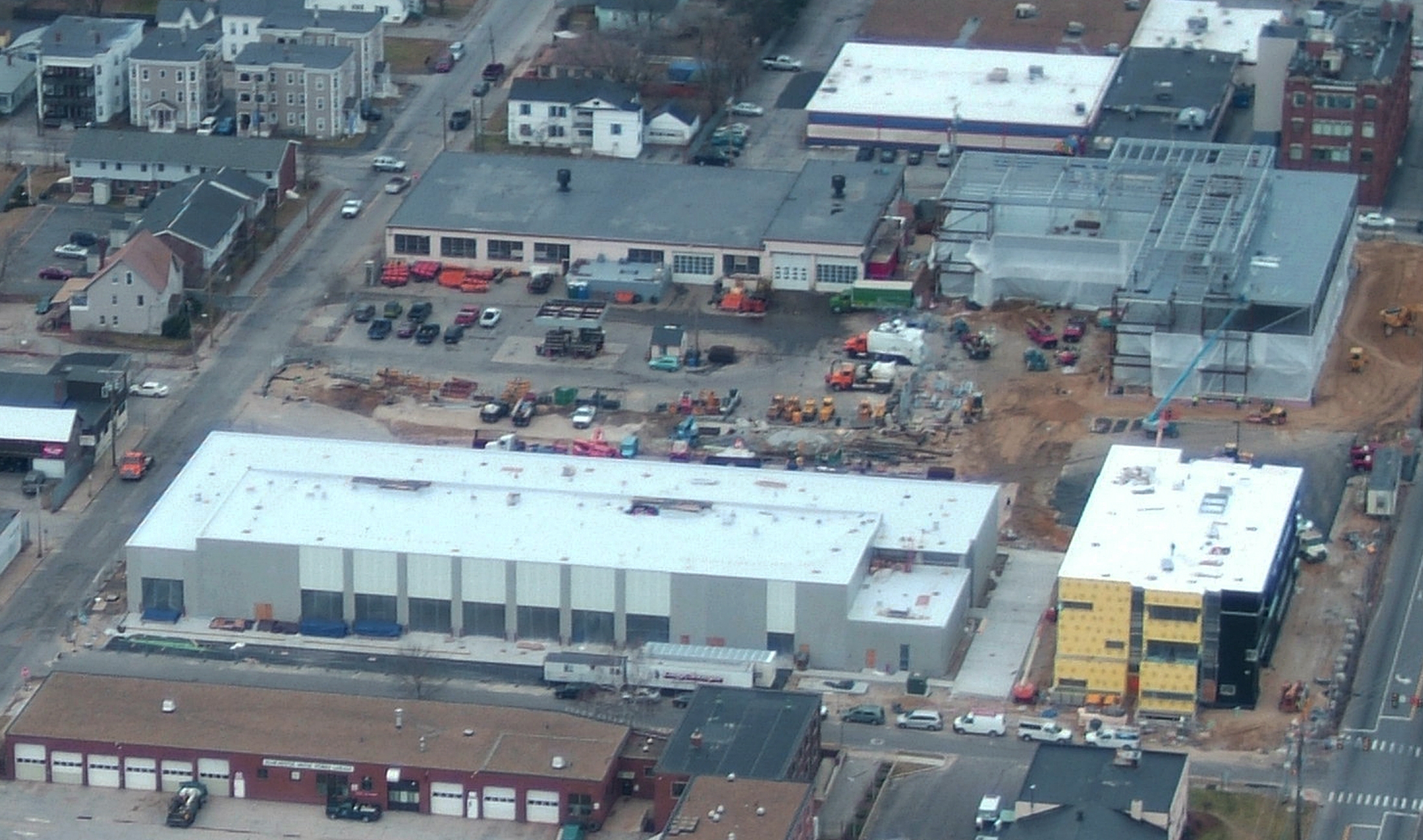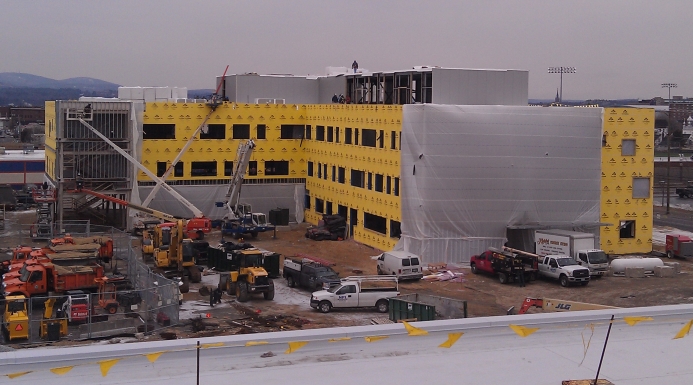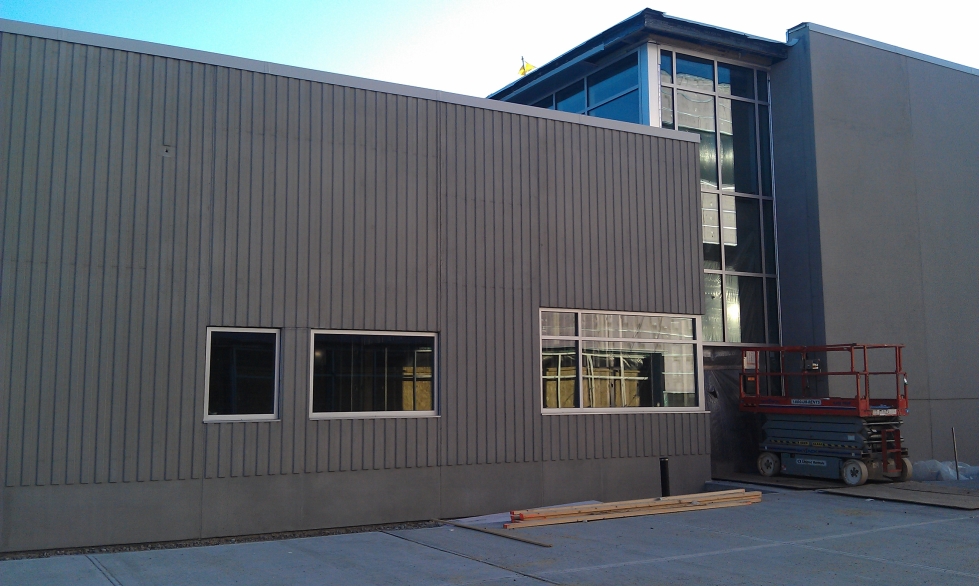FrankLloydMike
Active Member
- Joined
- Jun 24, 2010
- Messages
- 514
- Reaction score
- 0
I agree. About Burlington:
On the other end of the Church from which Church Street gets its name begins the North End, a ghetto of sorts (on the Burlington scale) begins behind it (known as the North End), which is probably as rough as any section of Portland or Manchester, and maybe rougher than anything Portland has (more like a stretch of Lewiston). I've always thought it curious, therefore, that of the streets running north-south (parallel to Church), many become one-way OUT of the North End at that perpendicular street (Pearl is it?). So, unless you want to get to the North End, you can, but if you're a tourist who knows nothing about the city, it is very difficult to stumble into that area, with exactly the effect you spoke of (which I think are deliberate).
I agree about Manch acting like the place it is. No more race to the bottom. Also, while I don't see TOD occurring at the mall anytime soon, that doesn't mean it shouldn't be advocated for and planned for, or it never will. I know you know this, but I'm stating it for the record. Places like that (and the Maine Mall, Burlington Mall, Portsmouth Mall, etc.) have no business existing. They are undesirable to urbanists, as well as those who love the stores in them. They are difficult to go to, unattractive, and all around inefficient. Not to mention all they are, essentially, is a traditional main street moved indoors. Many nowadays even have post office outlets in them. Take the roof off and move it a few blocks toward Elm Street and it would look like a traditional downtown.
That's interesting to note about Burlington. I've been in the North End before, but only with a friend who was living in Burlington at the time and with the express purpose of going to Junktiques--a junk store, so the location makes sense now. I remember it being a fairly run down place, but much less dense (and maybe with more trees) than some of the run down areas of Manchester. The North End also might explain why Burlington has nearly twice the rate of poverty (20.0%) of Manchester (10.6%), but why it seems to be less noticeable to the casual visitor. Though traveling east on Lake Ave there's a good example of what you mentioned in the North End of Burlington, where drivers are forced to turn left (north) onto Pine Street and back into downtown rather than straight toward the Hollow or right into Kalivas-Union, two of Manchester's neighborhoods with high concentrations of poverty.
This might belong in a different thread, but looking at Burlington's North End, two things struck me. The first is that, like Corey Square/Janeville (another area with higher-than-average rates of poverty in Manchester), it is a warren of irregularly angled streets in an otherwise mostly grid-based city. The other, though, is that the city stops after the North End--this really is an end. I'm wondering why that is--is there some geographical or historical reason for the city not continuing there that isn't evident on maps? As comparably enlightened as Burlington's planning may be, it certainly hasn't avoided sprawl elsewhere (the New North End and the entire neighboring town of South Burlington), so I'm assuming there's more to the city ending where it does than good land stewardship in the immediate postwar years, which seemed to be in short supply everywhere.
As far as planning for TOD and infill in the mall area, I agree. For better or worse, that's really the only choice at this point since the area is essentially completely built out. It's hardly a case of good urbanism or TOD, but the Shaw's plaza built near South Willow a few years ago includes three two-story retail buildings due to land constraints, and is adjacent to an as-yet-unfinished rail trail and where a prewar streetcar neighborhood and reasonably dense postwar neighborhoods blur.
In Bedford, a largely affluent suburb, the planning board has begun requiring projects along South River Road, a somewhat denser and less cluttered version of South Willow, to address pedestrian and eventual transit issues, and promoting mixed-use and infill development. When a developer argued recently that no one would be walking to the old house they were renovating into a restaurant, the planners said that that was the point: to make sure that new projects make it so that people will walk from nearby apartments in the future. Manchester needs to borrow that attitude, especially downtown and in the city center, but you're right--out at the mall, too.






